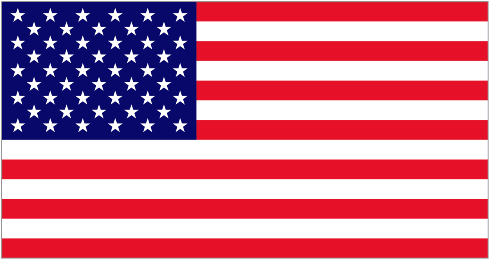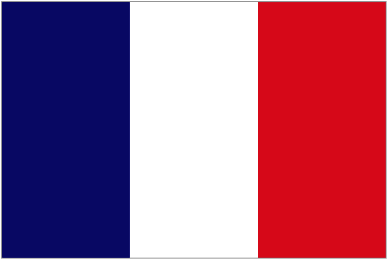If you’re wondering how to tune a Cavaquinho, in this lesson we will guide you through the process and give you tips on how to tune the instrument in the correct way.
The most fundamental tuning for the cavaquinho is from the nearest string to your eyes, which is D, lower octave. Be sure to sit down and grab your Cavaquinho in the correct position before starting tuning it. When you have your Cavaquinho in the playing position, that very first string, the one closest to you, is the D string and you will start turning that one first.
The tuning of the Cavaquinho is as follows: D – G – B – D. This is the standard tuning and the one you will use to play most of the Samba and Choro songs out there. There could happen that some songs require a different tuning, but it is very unlike that you’ll see this happening.
The tuning is illustrated here:
Basic Tuning
This is exactly how your Cavaquinho should sound once it is tuned. The Cavaquinho produces an open stringed G major when all strings are strum together.
Learn How to tune a Cavaquinho
The following video will show you how to properly tune the musical instrument. Follow the instructions and pause when it is your turn to tune:
The first string is tuned first, open. Then the second string is tuned using the fifth fret of the first string as a reference. Later, the third string is tuned using the fourth fret of the second string as a reference for the note that it should produce. And finally, the last string is tuned with the third fret of the third string used as a reference. Look the following list for a quick reference:
- D String: 1st string. Don’t hold down the string in any fret.
- G String: Hold down the 1st string on the 5th fret. This will give you the sound G, match it with the 2nd string
- B String: Hold down the 2nd string on the 4th fret. This will give you the sound B, match it with the 3rd string
- D String: Hold down the 3rd string on the 3rd fret. This will give you the sound D, match it with the 4th string
Try to tune your Cavaquinho now and match the sound of each string with the sound of the tuned Cavaquino shown at this video. Be patient as you will require a few minutes to get familiar with the tuning process. Also, the tuning process becomes more natural with time and experience, you’ll notice you’re able to tune the instrument faster with the pass of weeks.
Having trouble tuning?
Have you been able to tune your Cavaquinho? There are electric tuners available with settings for the DGBD tuning, so you can buy one and use it or simply learn to listen to each note until you get the correct tuning for each string.
The Cavaquinho is a very particular musical instrument with regard to its tuning. If you still don’t have a Cavaquinho, please see all current models at our store, TuCuatro can ship an instrument right to your doors!
Once you tune the instrument, if you strum all strings together without pressing any frets you’ll get the G major chord. This allows you to practice strumming with your instrument all you want without the need of pressing any specific frets.
So, do we have our instruments tuned? Great!!! Now let’s move over to some right-hand techniques.


